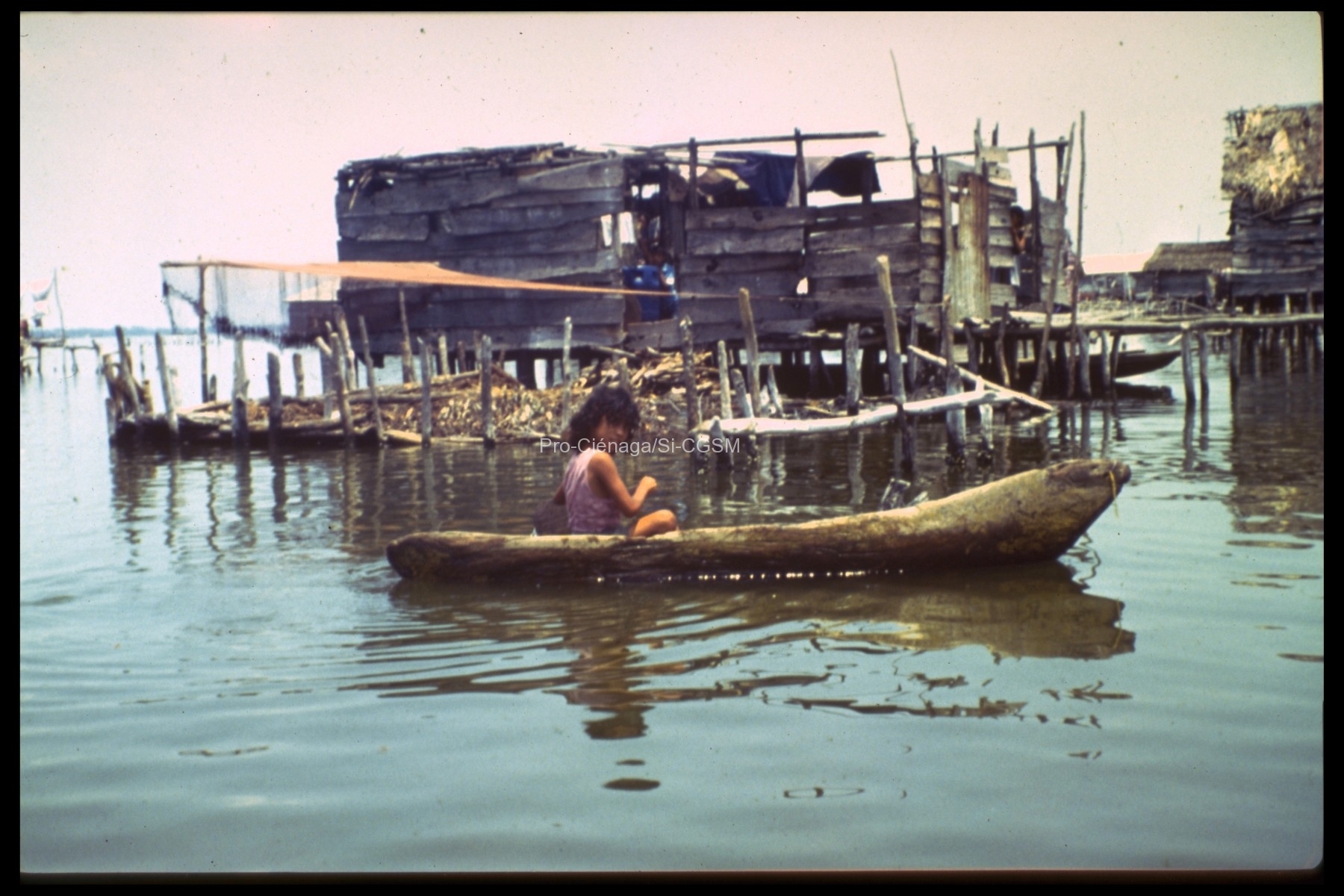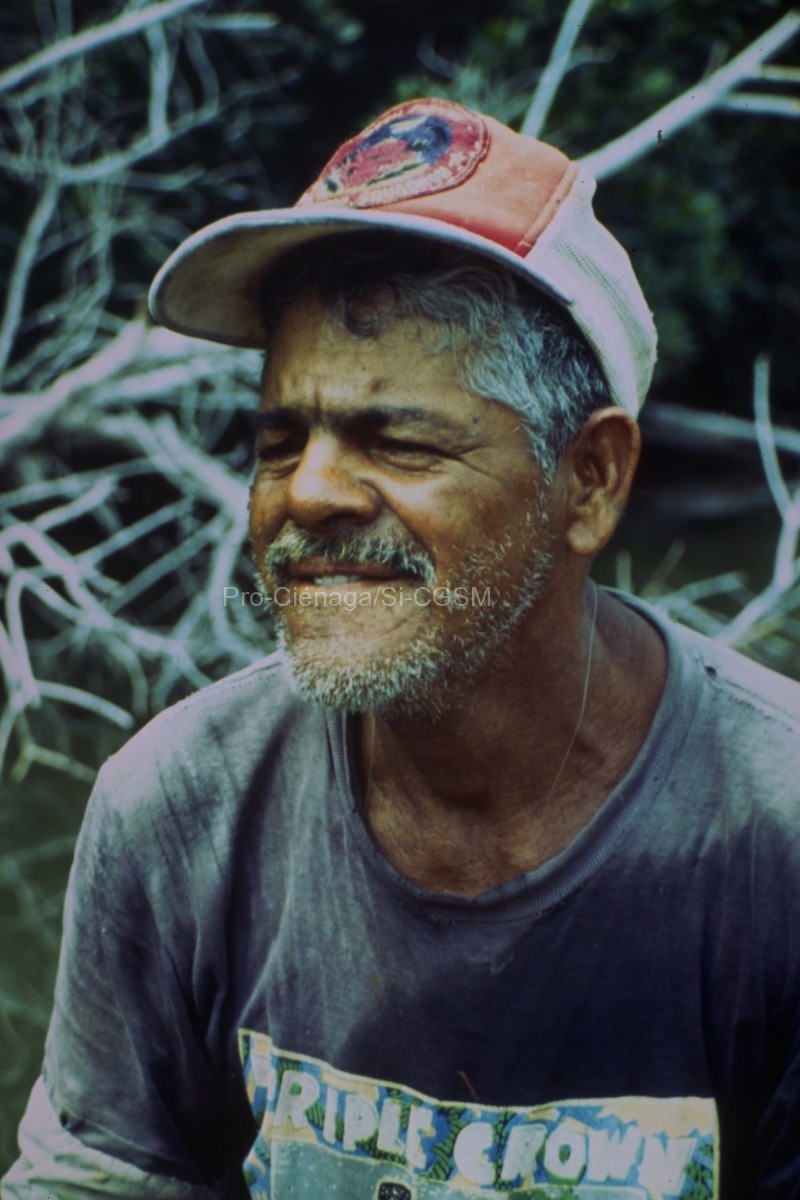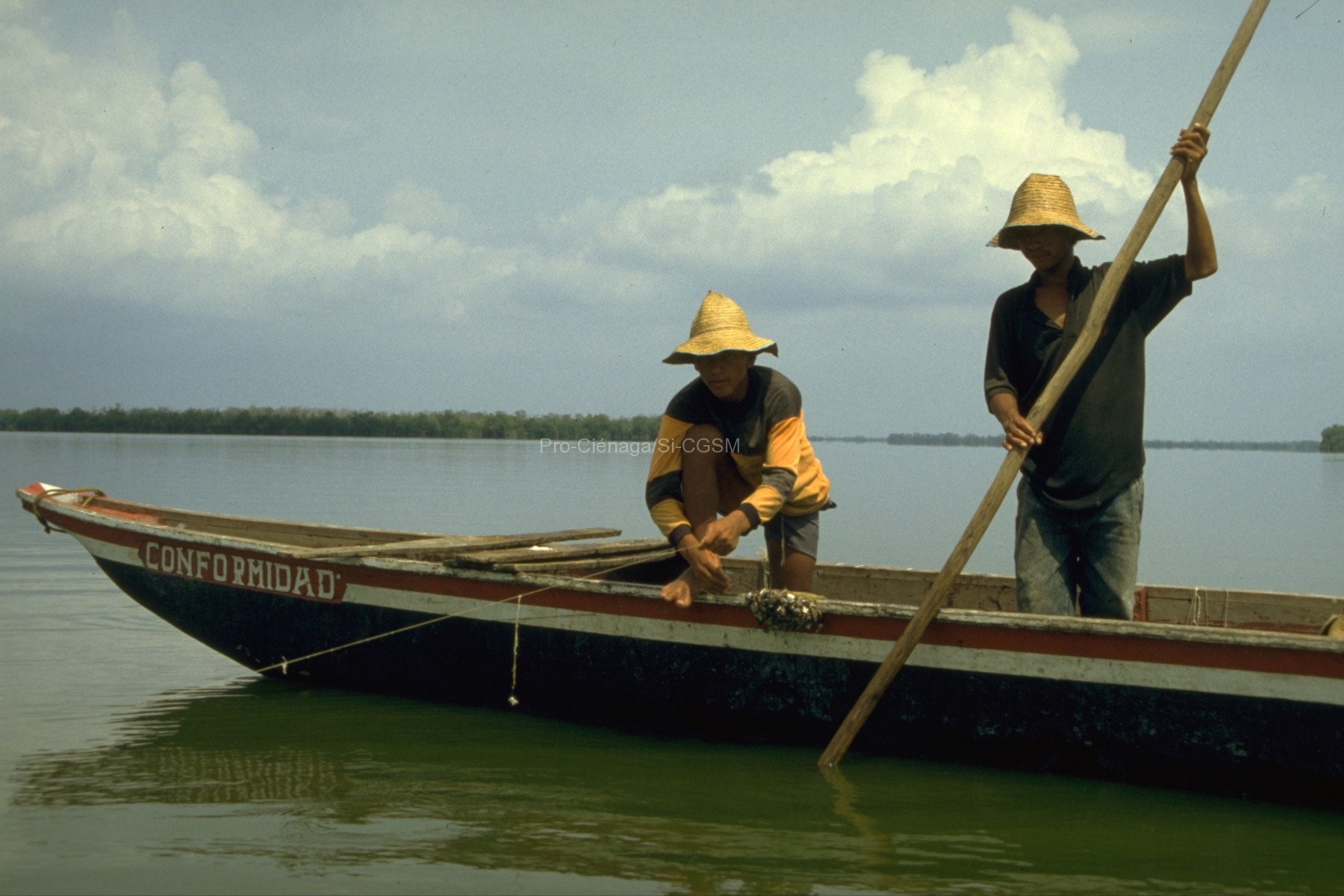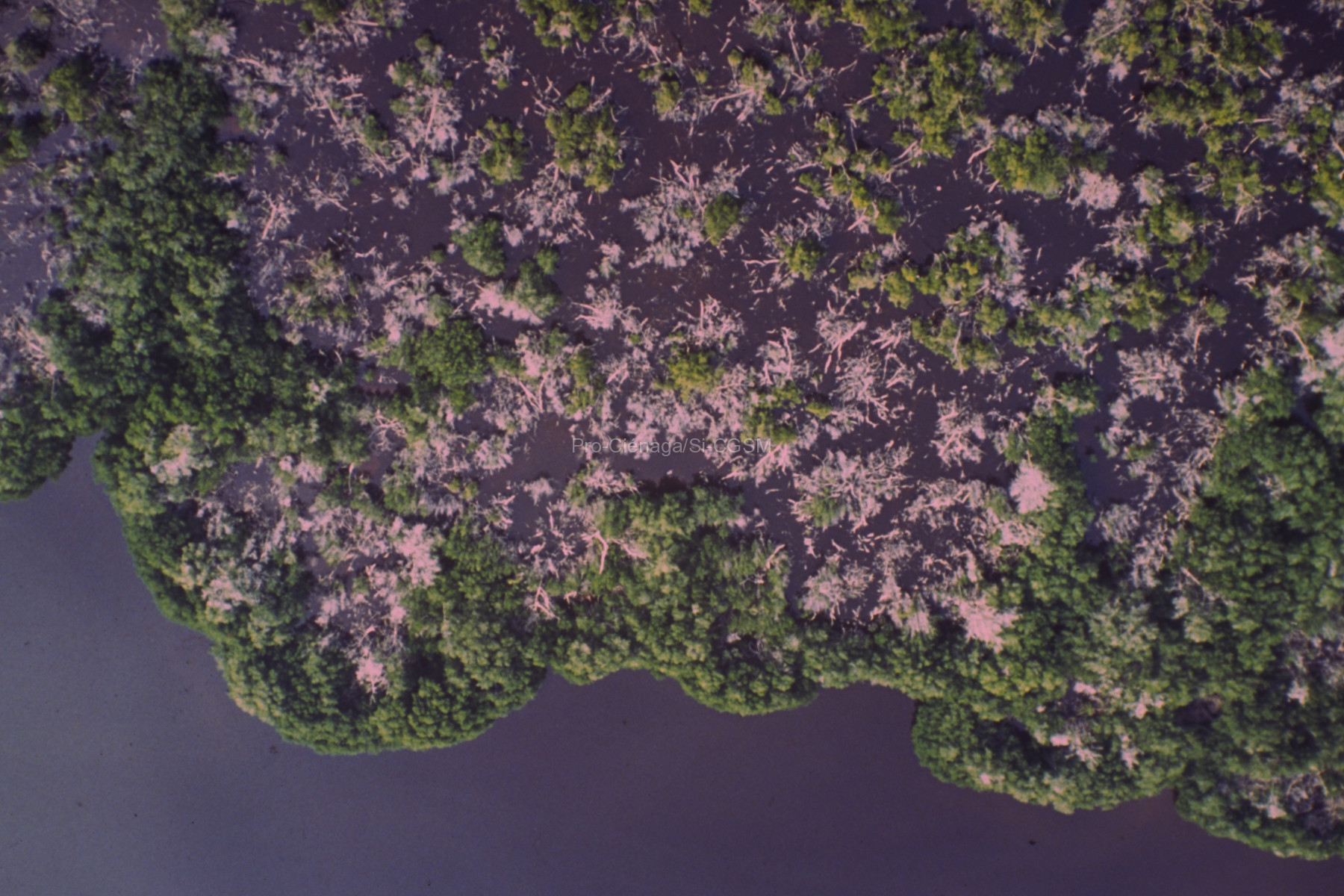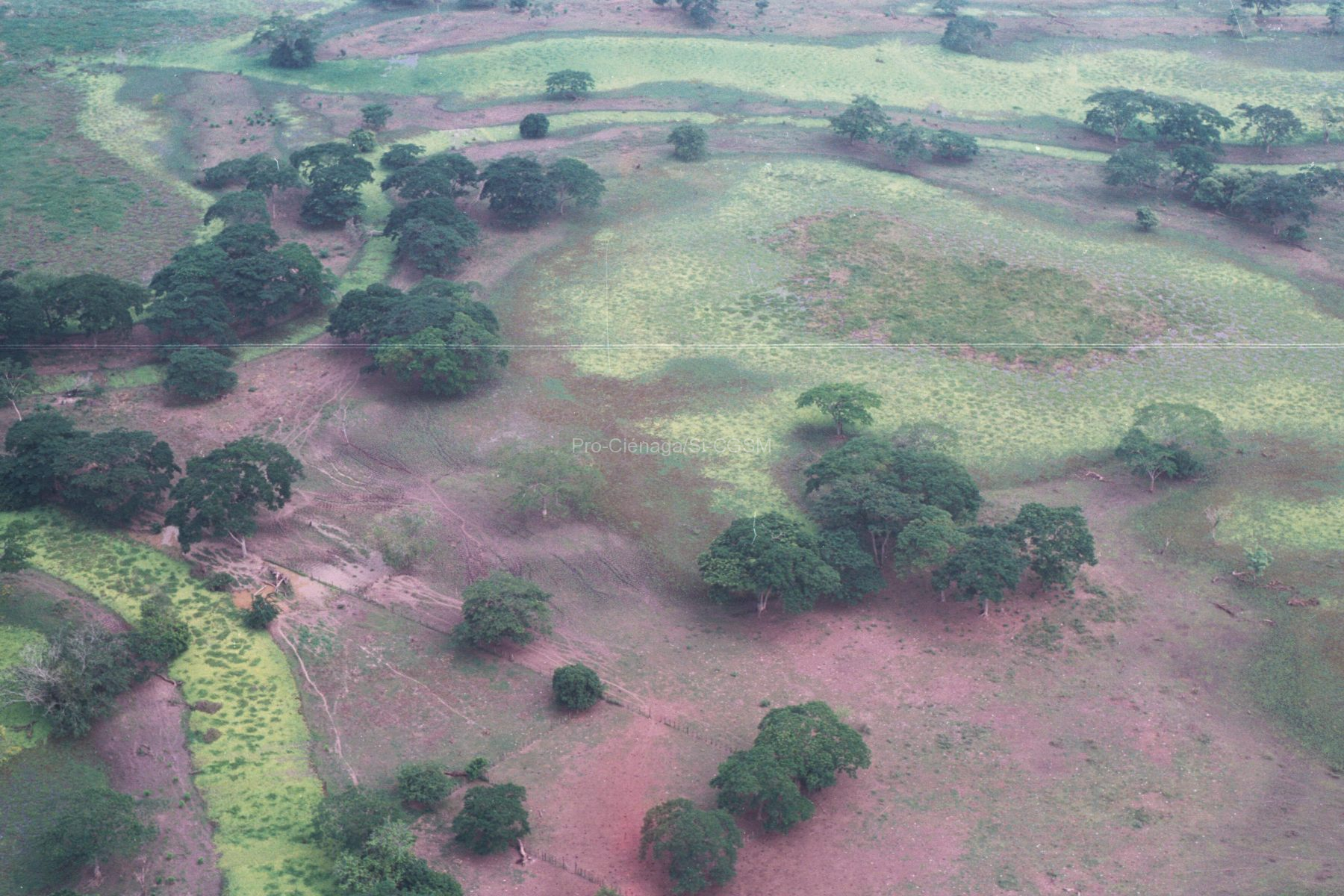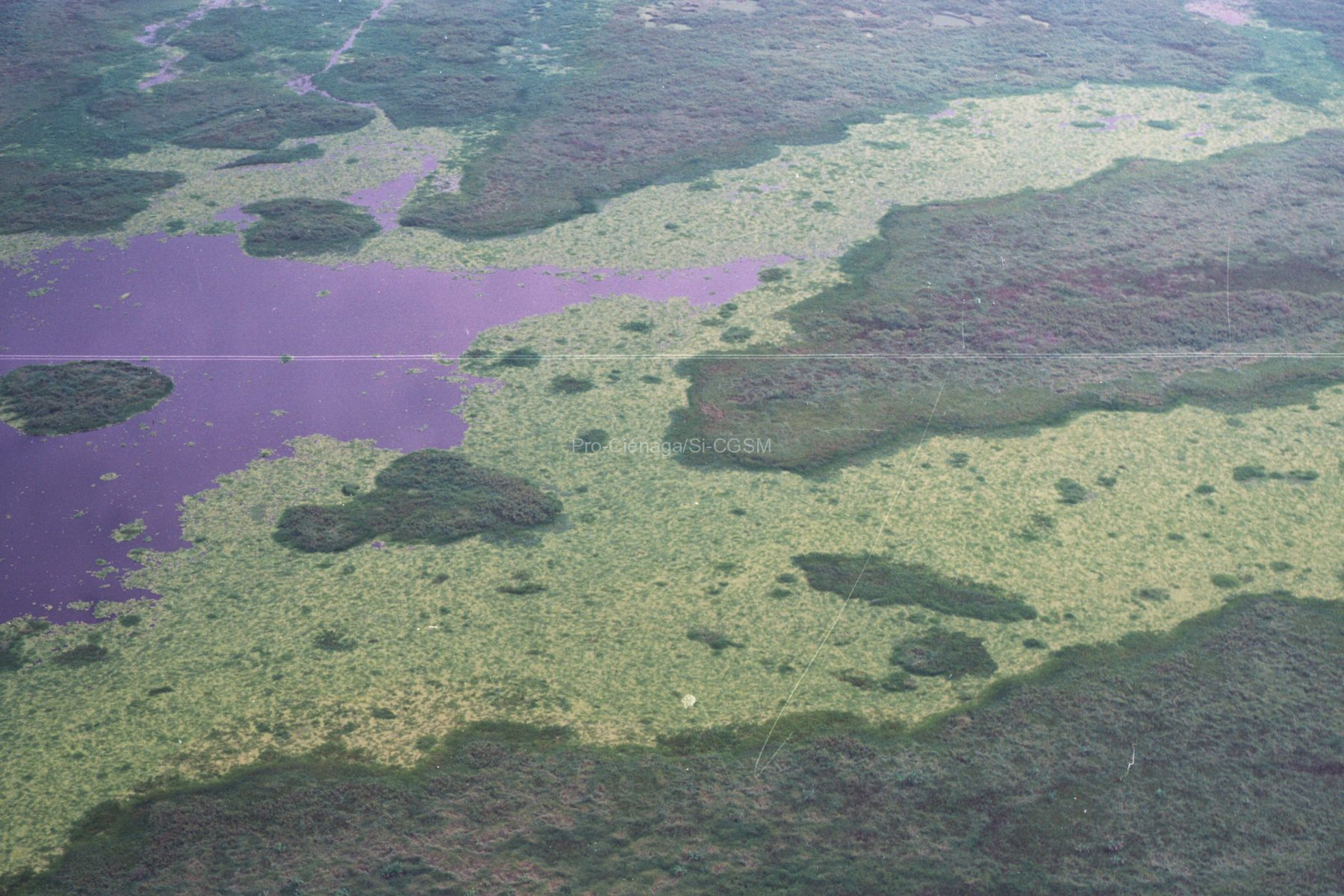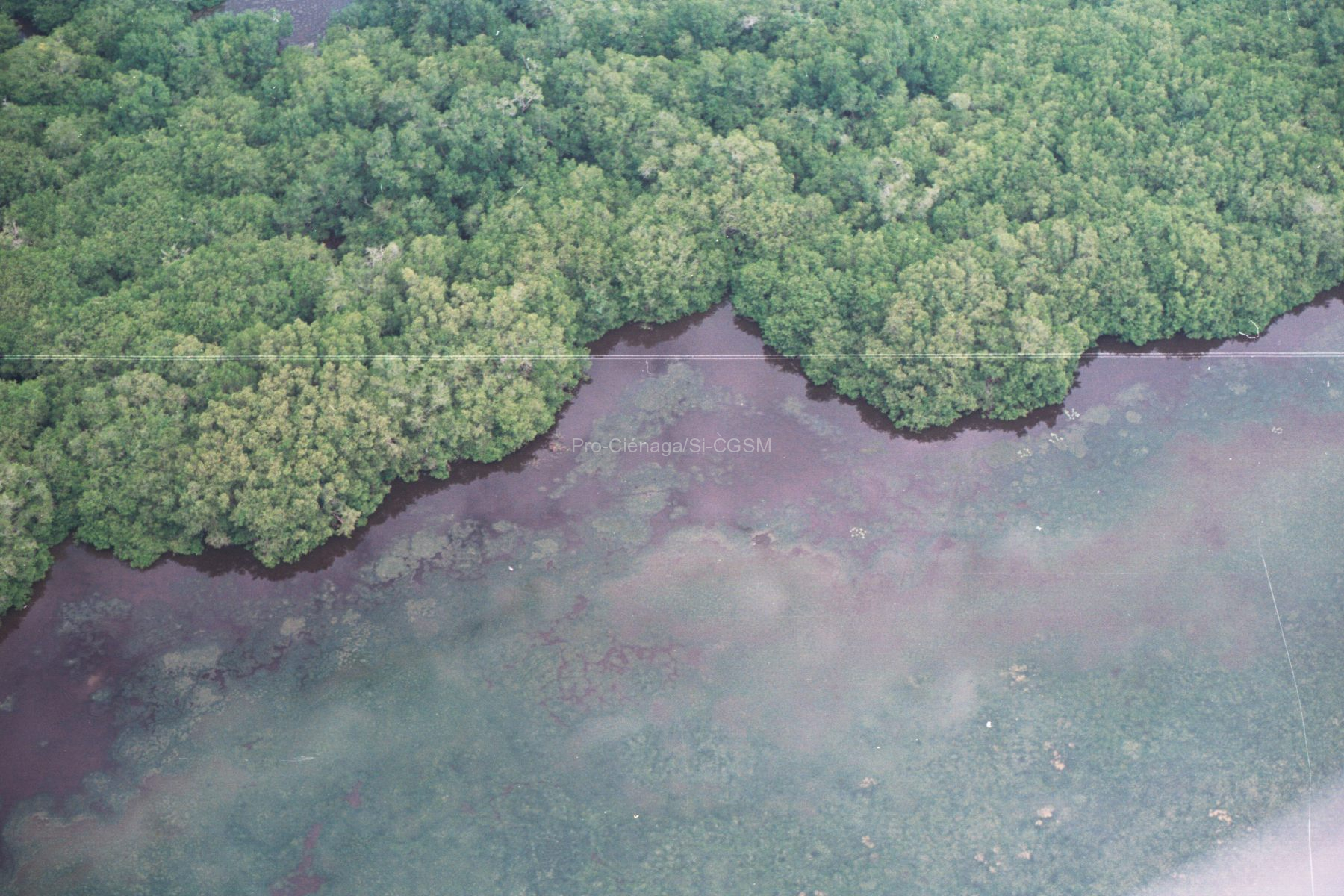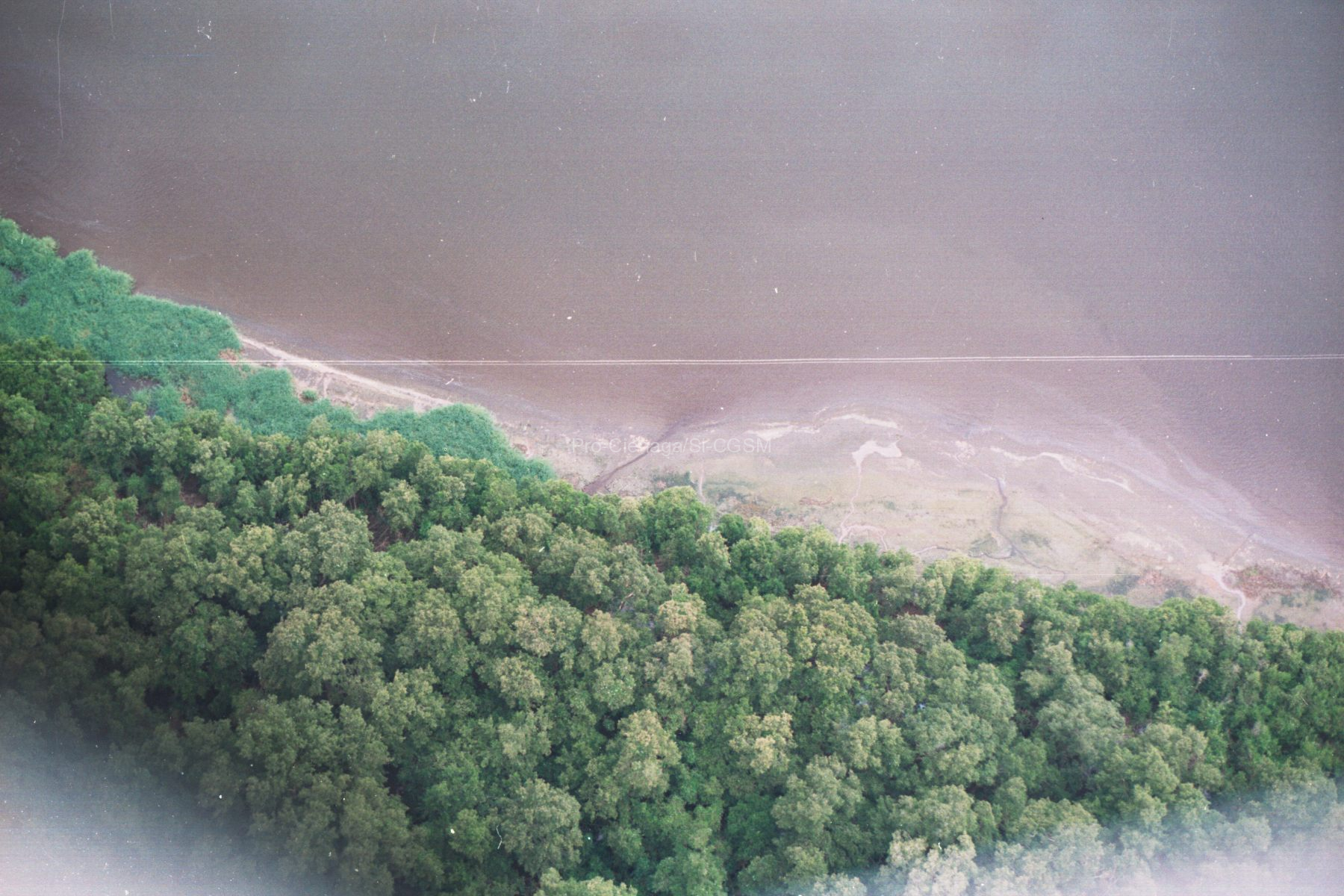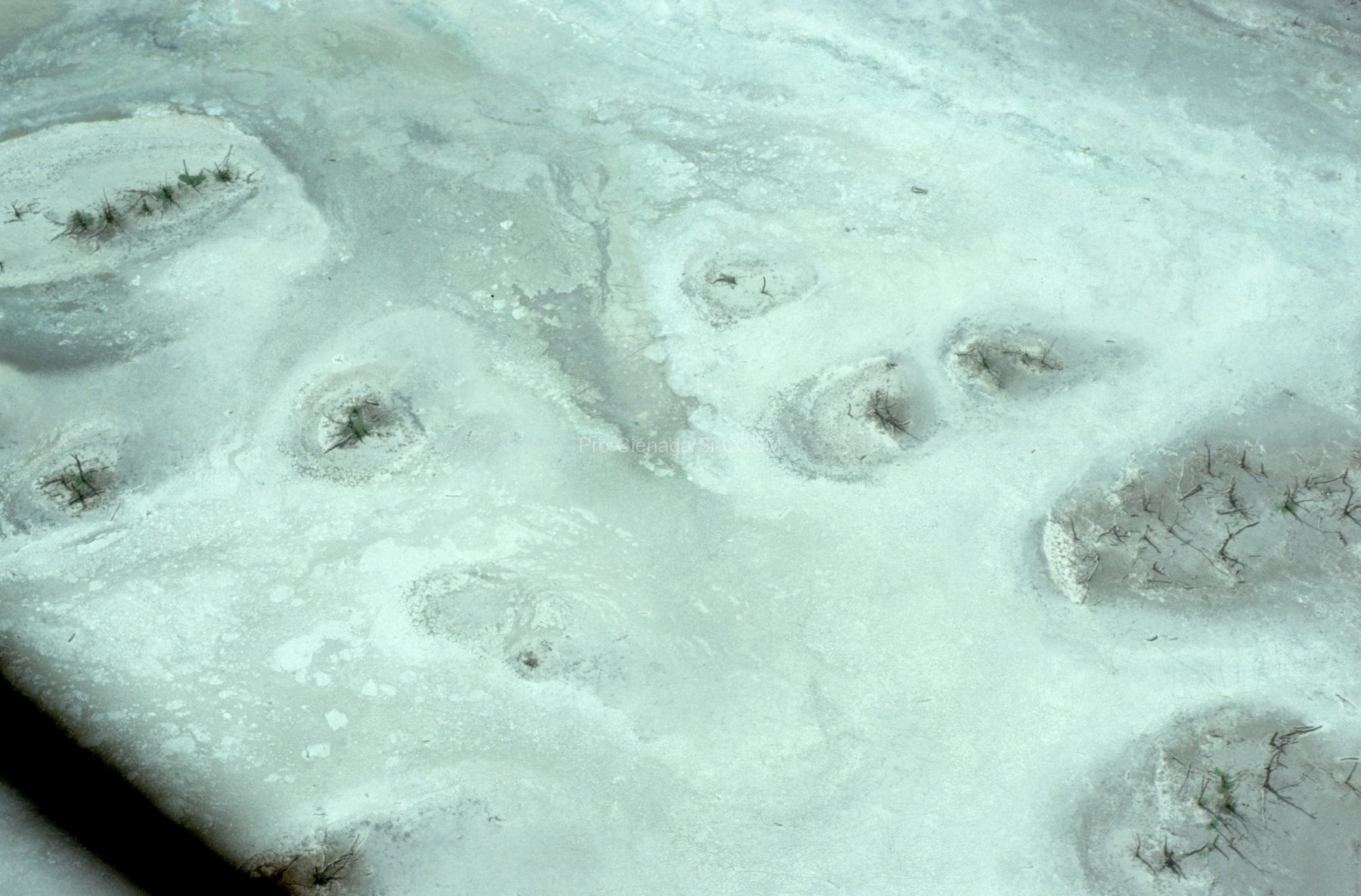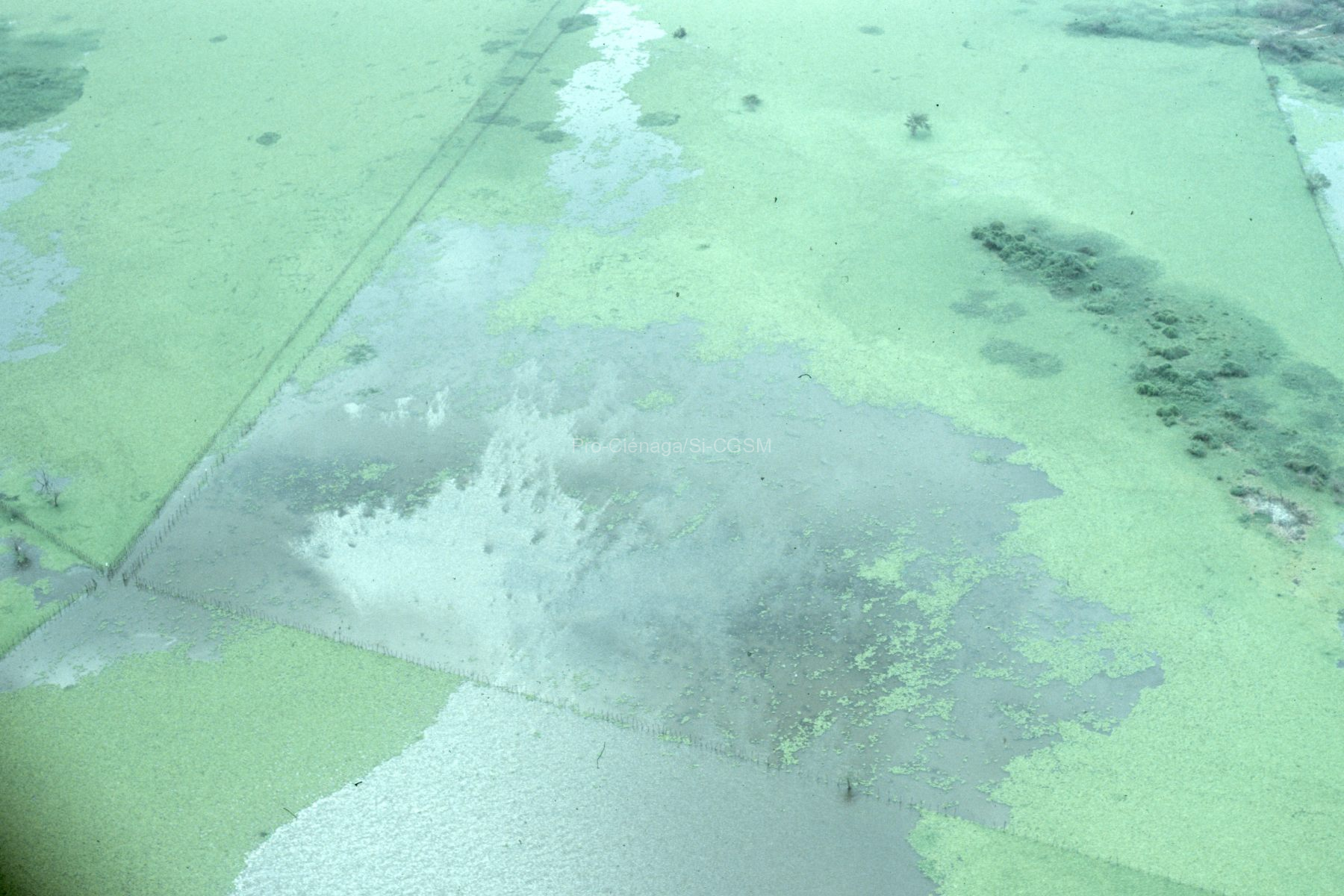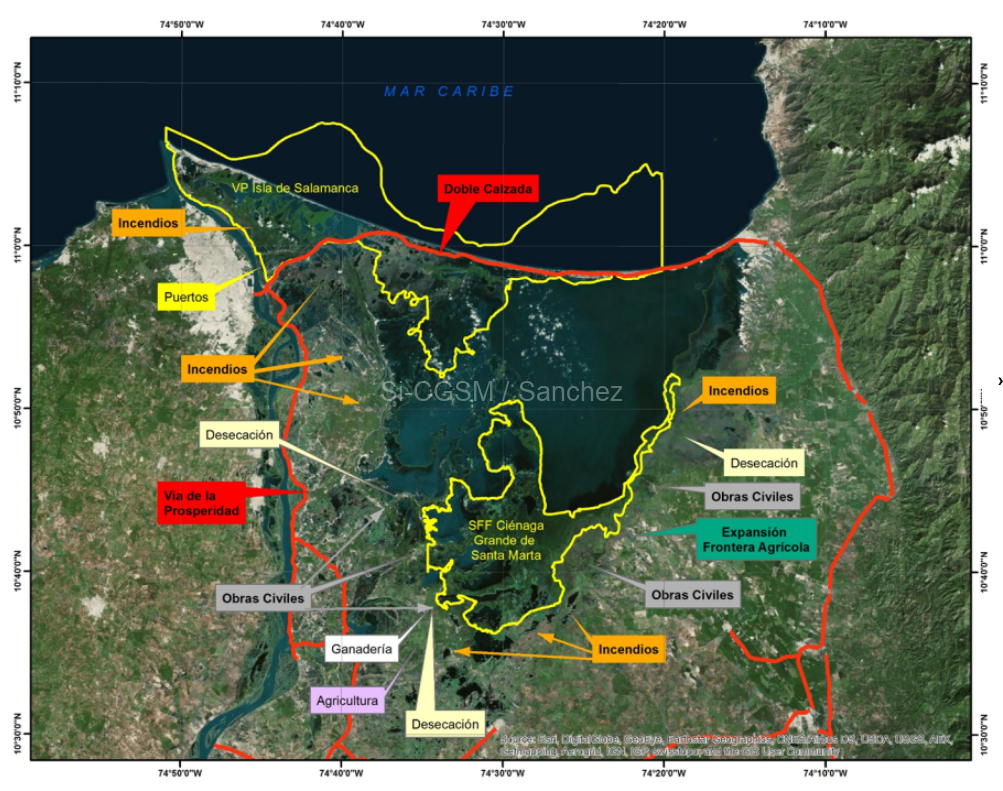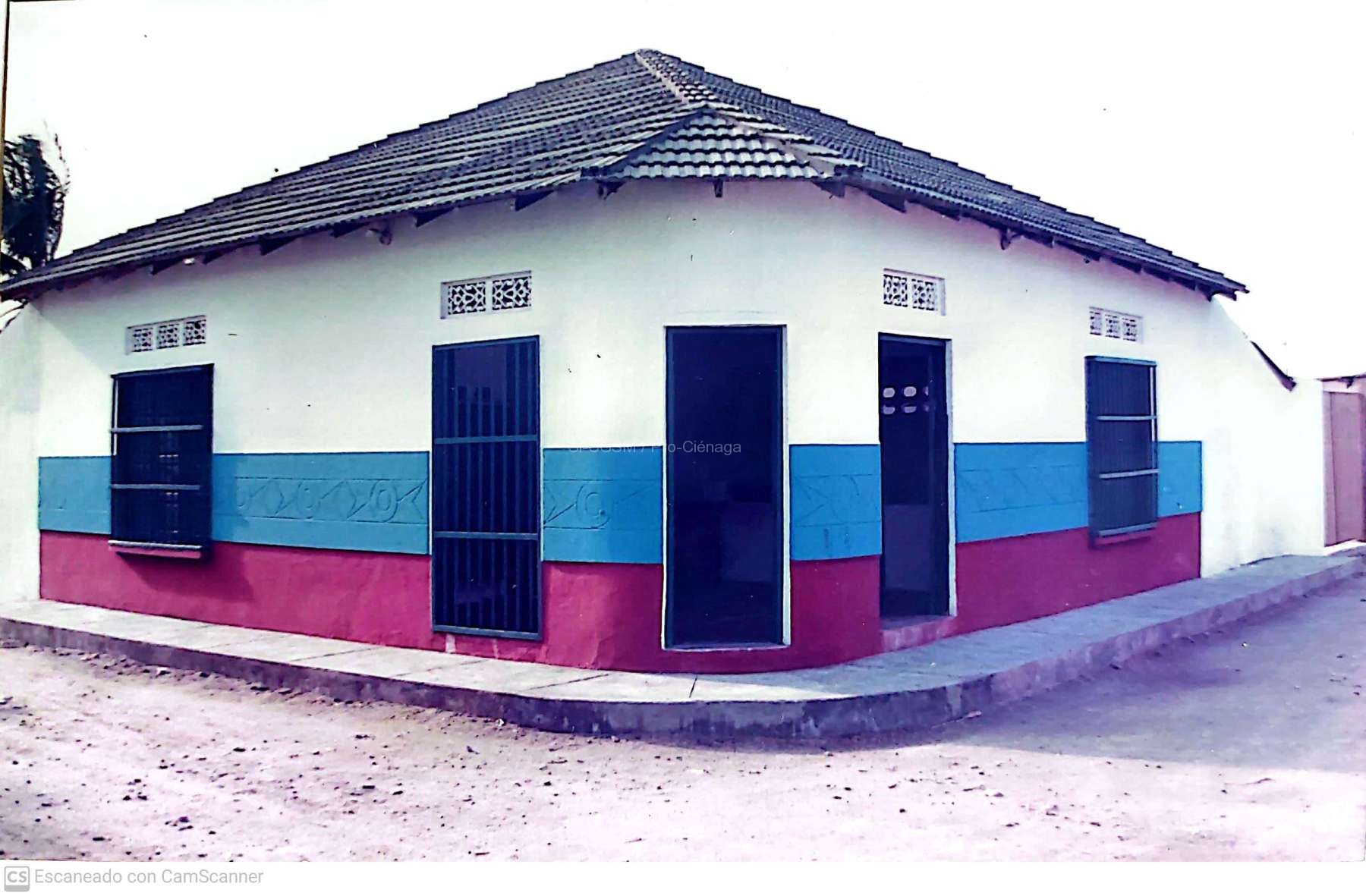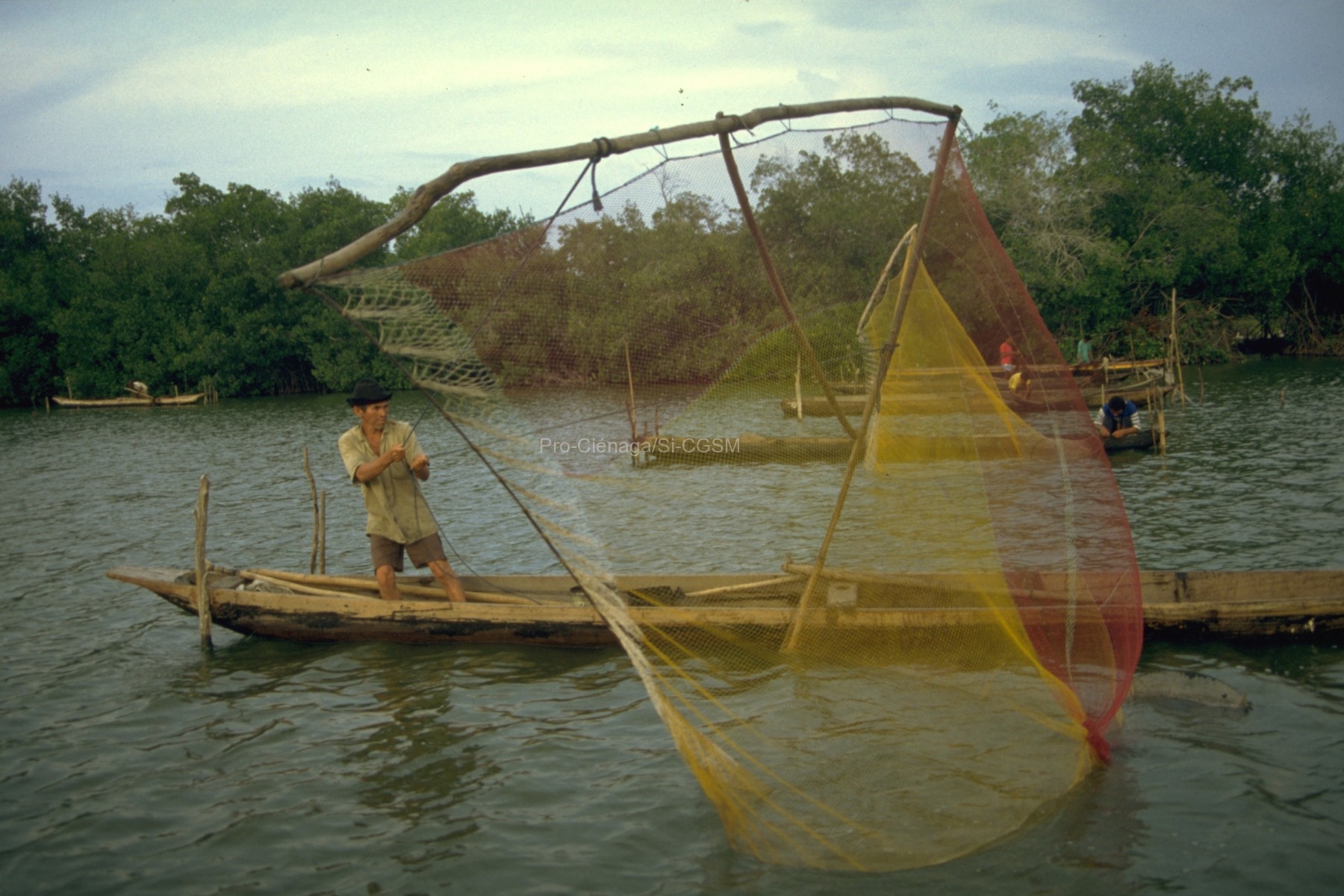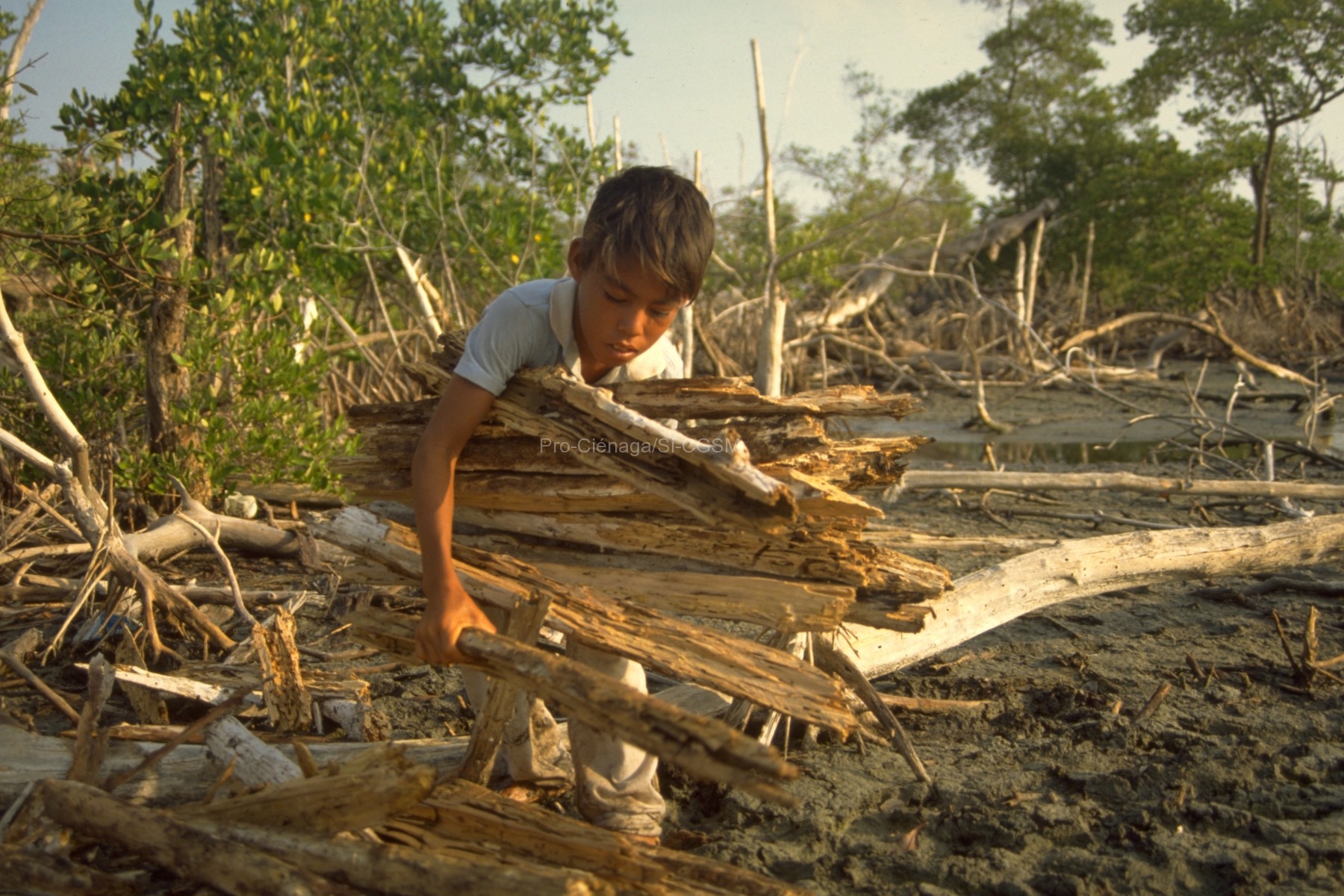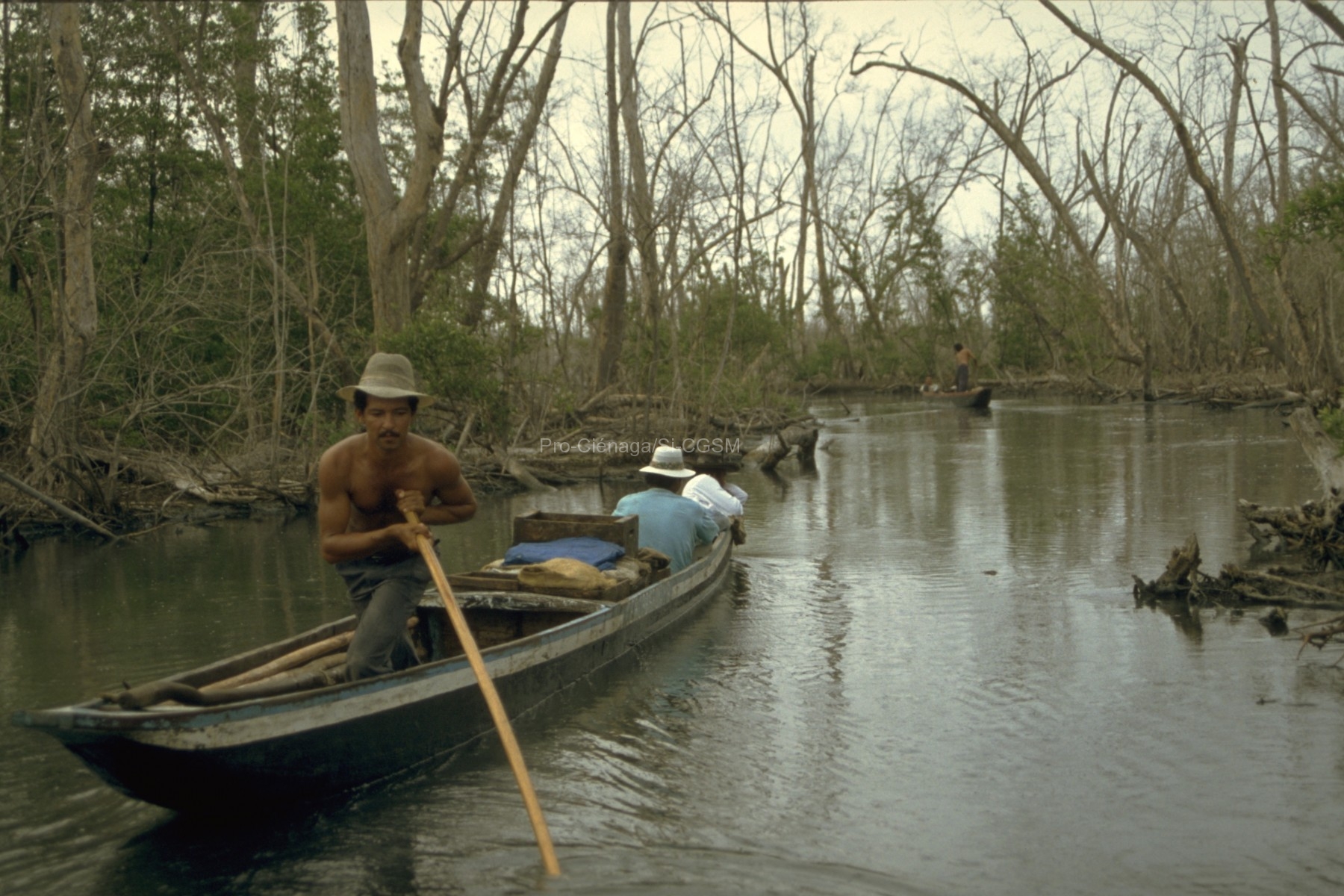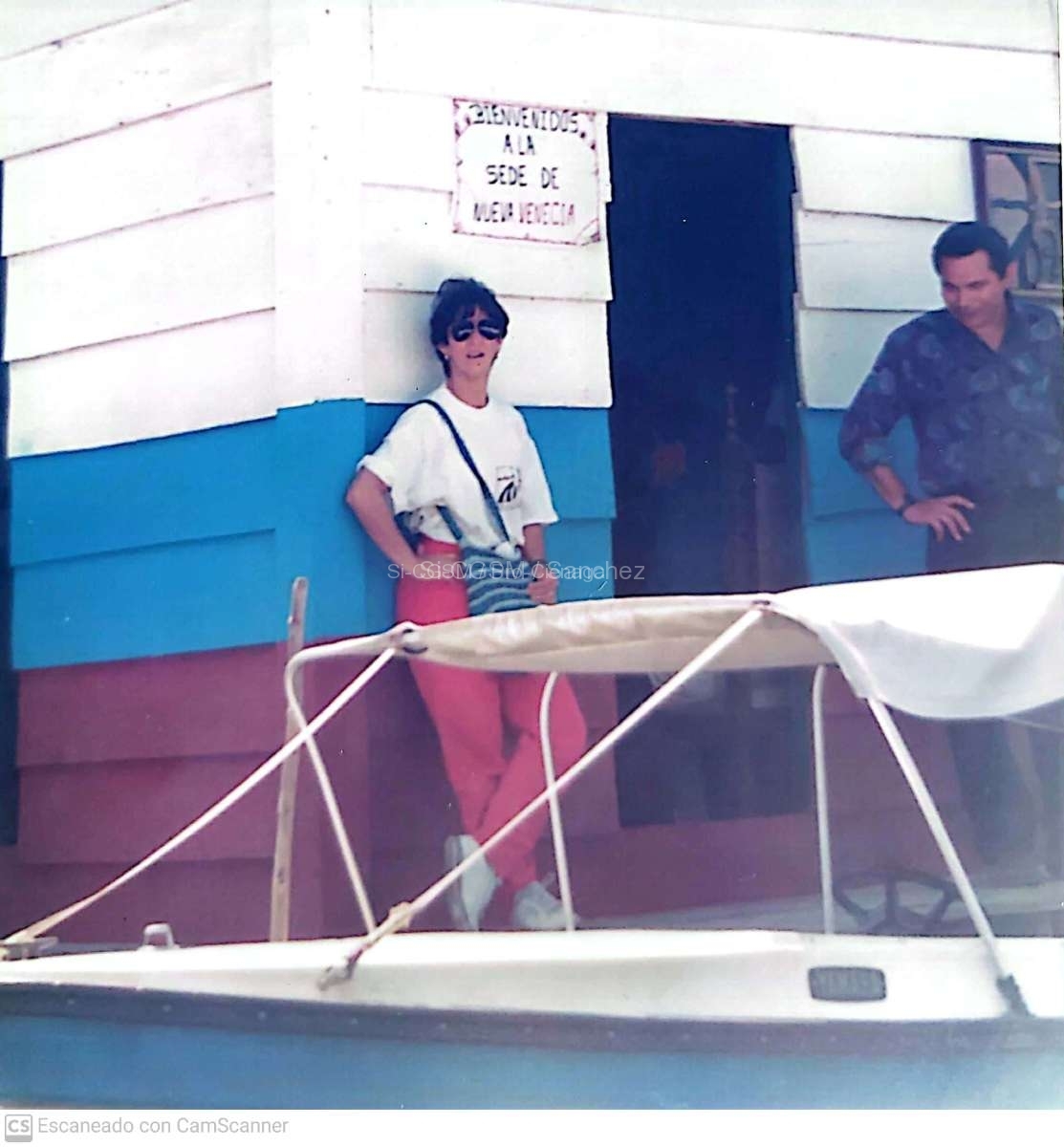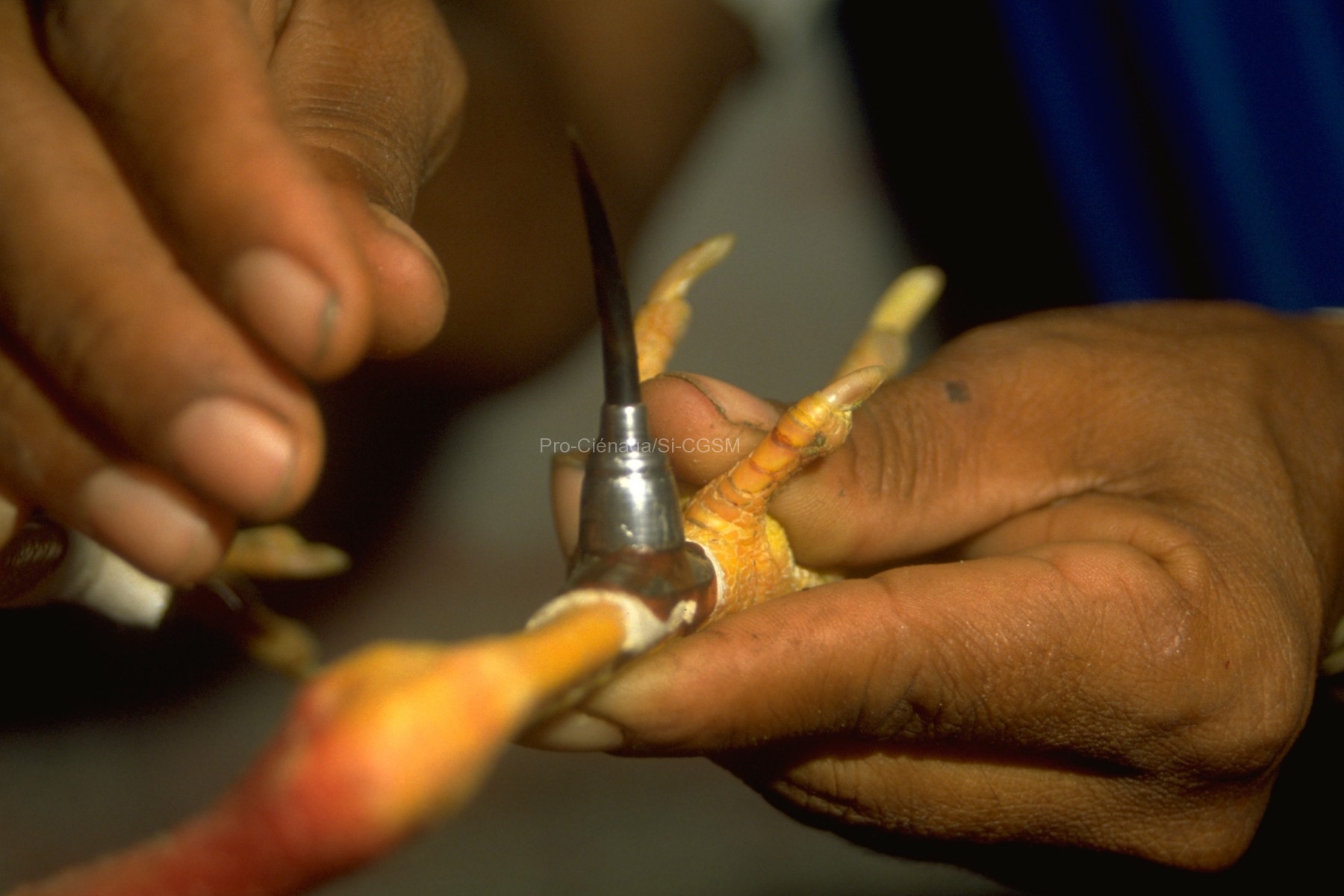DCA
Information coming from fishery monitoring, surveys and experimental fishing with participation of fishers was employed to determine the impact of an artisanal gear, boliche, on the biodiversity of the Ciénaga Grande de Santa Marta (CGSM), an estuarine lagoon on the Caribbean coast of Colombia. Fishery monitoring (catch data) included landings before (1968 and 1978) and after (1994–1996) the introduction of the boliche in the CGSM (1985), whereas surveys were conducted seasonally during 1993–1994. Fishing experiments involved evaluating different mesh sizes and the short-term effect of physical disturbance by the boliche.
Monitoring suggested potential trophic effects of this fishing gear: the catch of large, long-lived, carnivorous species declined after the introduction of the boliche in the CGSM, whereas catch rates of smaller, shorter-lived, and lower trophic level species increased. Surveys revealed that the boliche retained 41 species. The by-catch made up 62% of the total catch and the remaining 38% involved the three target species Eugerres plumieri, Mugil incilis and Cathorops spixii. Selectivity experiments showed that 2.5 in. stretched mesh size gill nets caught more species than the 3.0-in. mesh. The smaller mesh also increased the risk of a critical reduction in the spawning stock of target species (notably E. plumieri); a situation that could affect the fish community if mesh sizes lower than 2.5 in. were intensively used. Suspended particulate matter significantly increased after fishing activity, with higher resuspension on mud-shells and mud substrata, whereas dissolved oxygen showed no appreciable changes after fishing operations. Notwithstanding, the activity of the boliche would generate sediment resuspension between 382 and 470 t day-1 which could lead to potential cascade impacts on water quality. We propose a framework of redundancy in management measures in order to simultaneously reach management and conservation goals.

